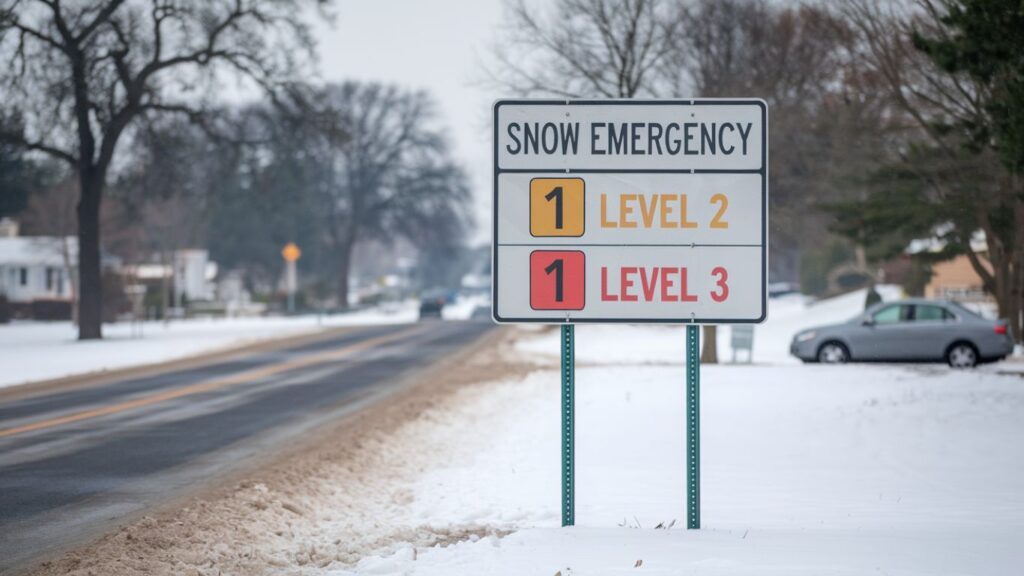Understanding Snow Emergency Levels in Ohio
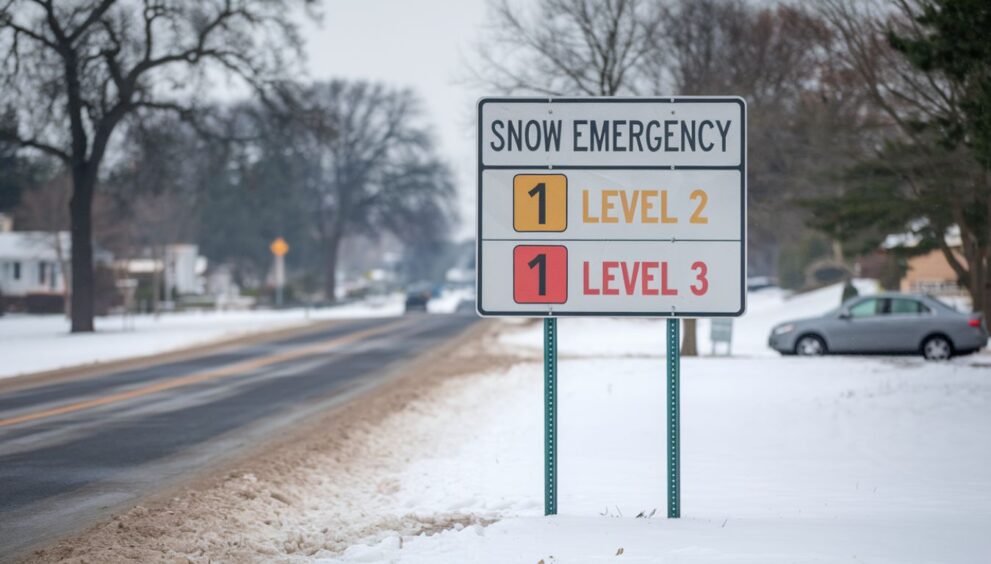
Winter in Ohio often brings heavy snow and icy roads. To keep everyone safe during these conditions, local governments use snow emergency levels to inform residents about the severity of the weather and its impact on travel. Knowing what each level means can help you stay safe and avoid unnecessary risks. Let’s dive into the details!
What Are Snow Emergency Levels?
Snow emergency levels are alerts issued by county sheriffs in Ohio to communicate the condition of roadways during severe winter weather. These levels help residents understand how dangerous travel might be and whether they should stay off the roads entirely. There are three levels of snow emergencies, each with specific guidelines and warnings.
Level 1 Snow Emergency
- A Level 1 snow emergency indicates that roads are dangerous due to blowing and drifting snow, making travel conditions hazardous. Icy spots may also be present.
- What to Do: Drivers should be cautious and allow extra time for travel. While driving is not prohibited, unnecessary travel is discouraged.
Level 2 Snow Emergency
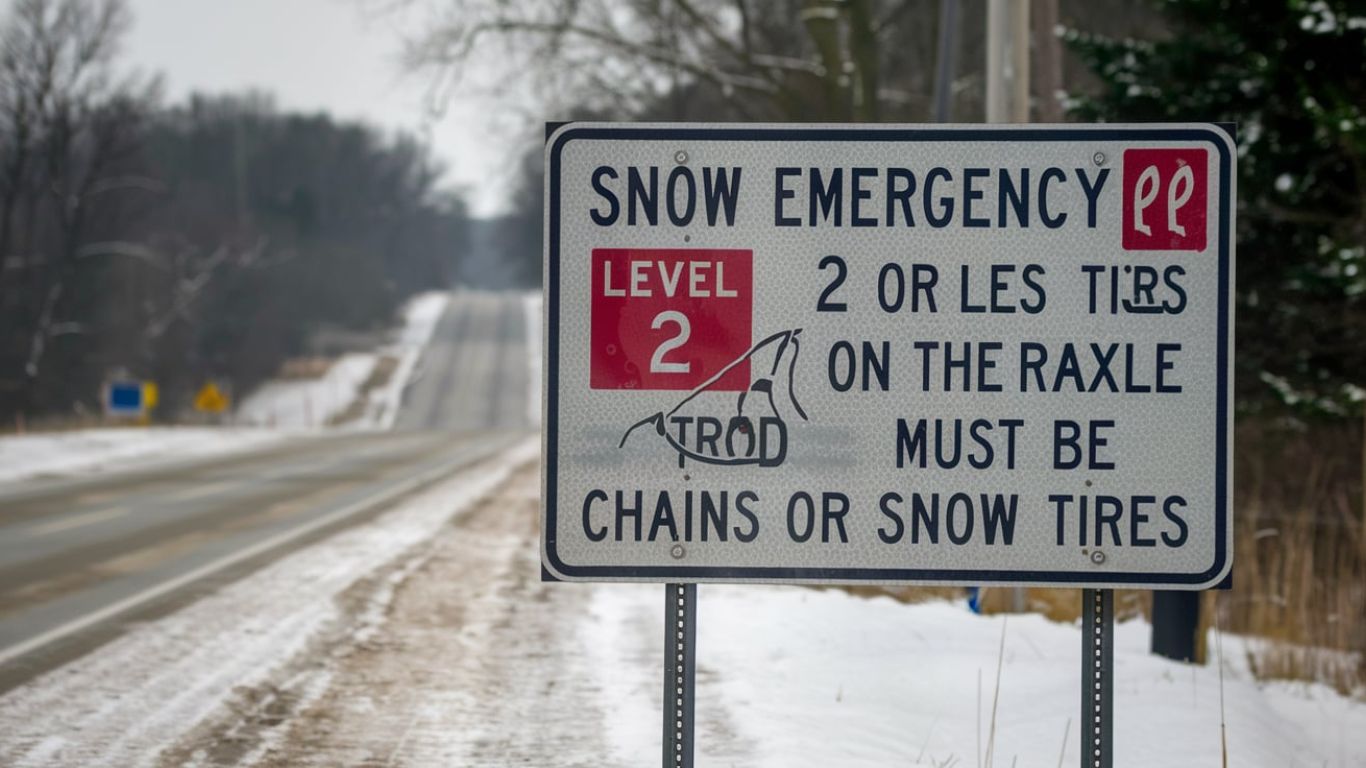
- A Level 2 snow emergency signifies that roads are extremely hazardous due to significant snow or ice accumulation. Blowing snow may reduce visibility.
- What to Do: Only essential travel is recommended. People should avoid driving unless absolutely necessary. Workers should check with their employers before attempting to commute.
Level 3 Snow Emergency
- Definition: This is the most severe level. Roads are closed to all non-emergency travel due to extreme weather conditions, making driving very dangerous.
- What to Do: Only emergency vehicles and personnel are allowed on the roads. Those driving without a valid reason could be subject to fines or other penalties.
Why Are Snow Emergency Levels Important?
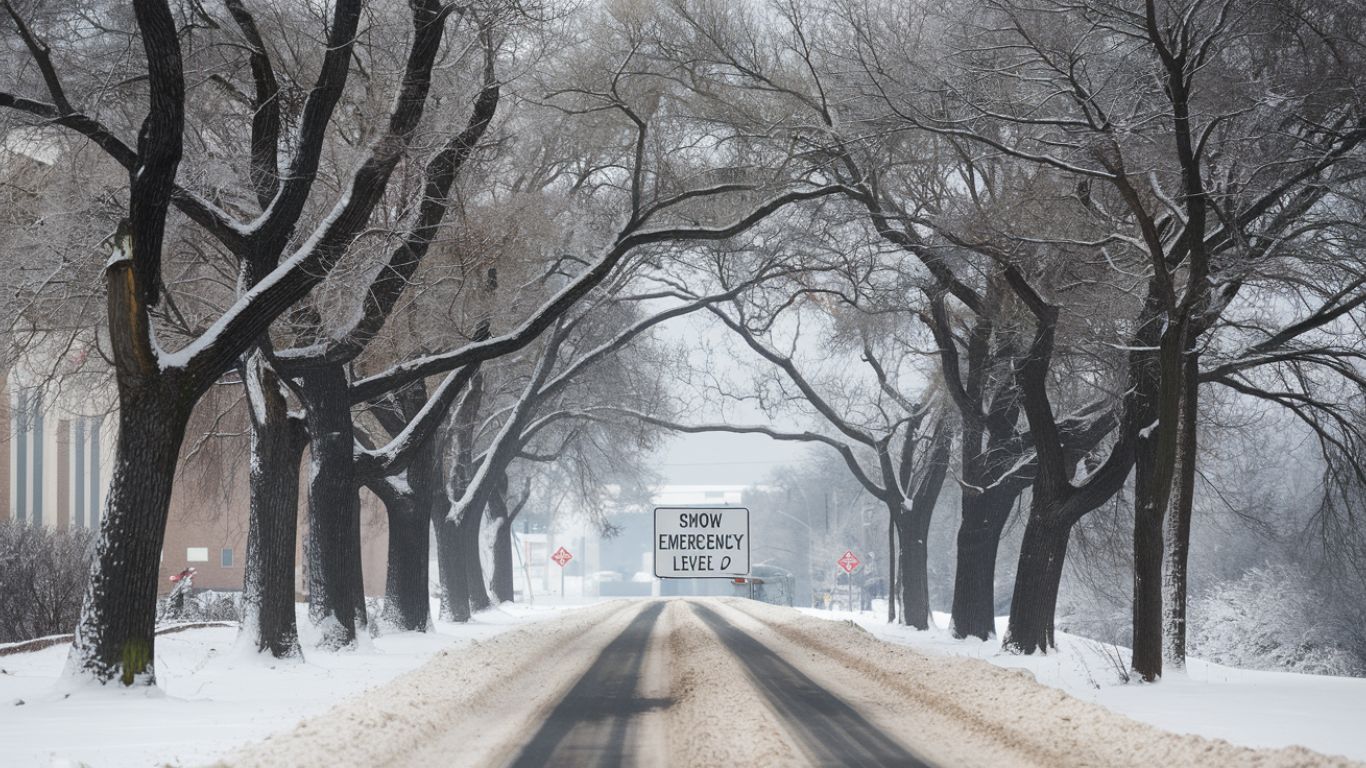
Snow emergency levels are crucial for public safety. They reduce the risk of accidents, prevent unnecessary travel, and allow road crews to clear snow and ice efficiently. When residents comply with these warnings, emergency responders can focus on helping those in urgent need.
How Are Snow Emergency Levels Determined?
County sheriffs decide on the snow emergency level based on several factors:
- Weather conditions: Snowfall rates, ice accumulation, and wind speeds.
- Road conditions: Reports from road crews and law enforcement about hazards.
- Public safety: The potential for accidents and stranded vehicles.
These decisions are made with input from local officials, weather experts, and public safety agencies.
Tips for Staying Safe During Snow Emergencies
1. Stay Informed
Monitor local news, weather apps, or county websites for updates on snow emergency levels. Social media platforms often provide real-time alerts as well.
2. Prepare Your Vehicle
Before winter arrives, make sure your car is ready for icy roads:
- Keep your gas tank at least half full.
- Check your tires for proper tread.
- Carry an emergency kit with items like blankets, a flashlight, and non-perishable snacks.
3. Plan Ahead
When a snowstorm is expected, prepare by stocking up on essentials like food, water, and necessary medications. Avoid last-minute trips during bad weather.
4. Drive Safely
If you must travel during a Level 1 or 2 emergency:
- Drive cautiously, keeping a safe and consistent distance from surrounding vehicles.
- Use headlights to improve visibility.
- Steer clear of abrupt braking or sharp turns to minimize the risk of skidding.
5. Stay Indoors During Level 3 Emergencies
For your safety and the safety of others, do not drive during a Level 3 snow emergency unless you are an emergency worker. Remain inside and hold off until conditions become safer.
How to Help Your Community During Snow Emergencies
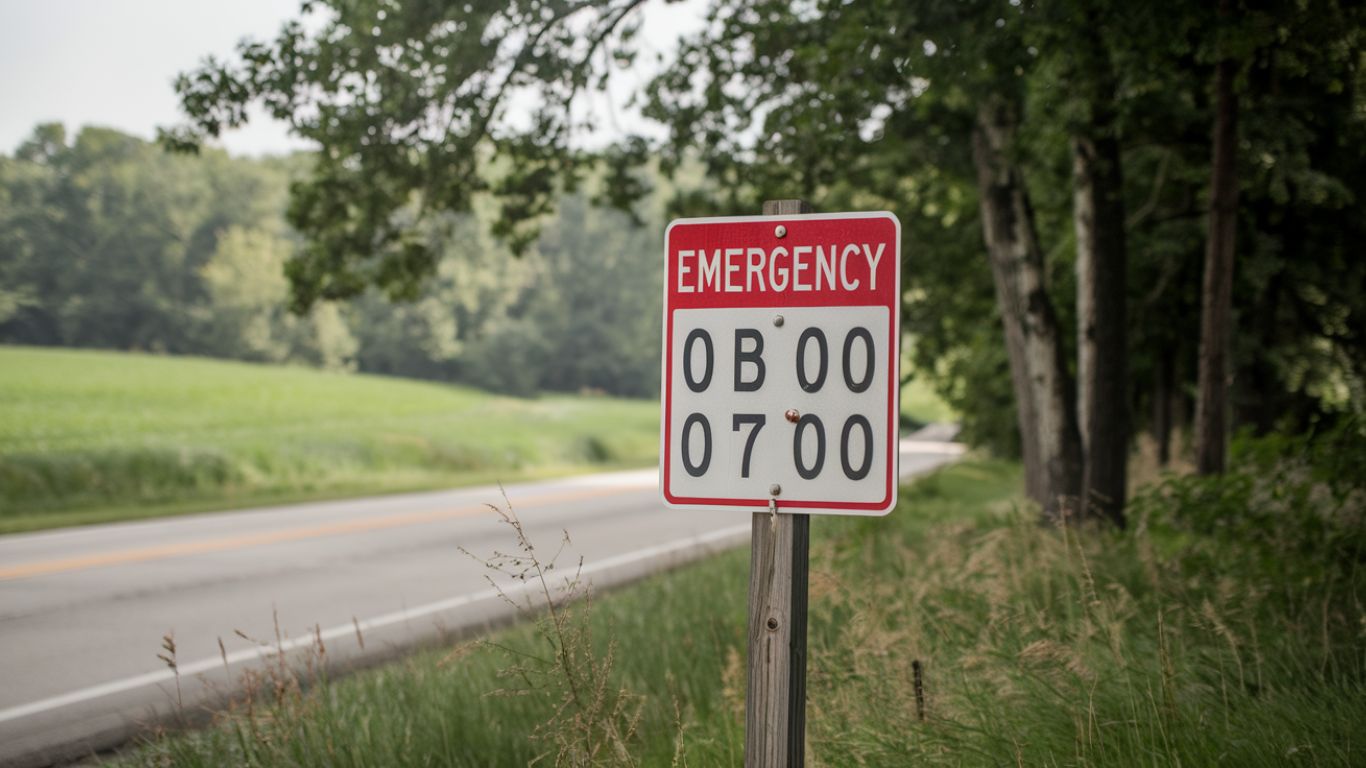
- Reach out to neighbors, particularly seniors or individuals with mobility challenges, to ensure their well-being.
- Offer to help shovel driveways or clear walkways.
- Share updates about snow emergency levels with friends and family to keep everyone informed.
Conclusion
Understanding snow emergency levels in Ohio can make a big difference in staying safe during winter weather. By following the guidelines for each level and preparing ahead of time, you can reduce risks for yourself and others. Remember, safety should always come first when facing severe winter conditions.
Keep warm, stay safe, and embrace the magic of winter with care and responsibility!

 English
English 























